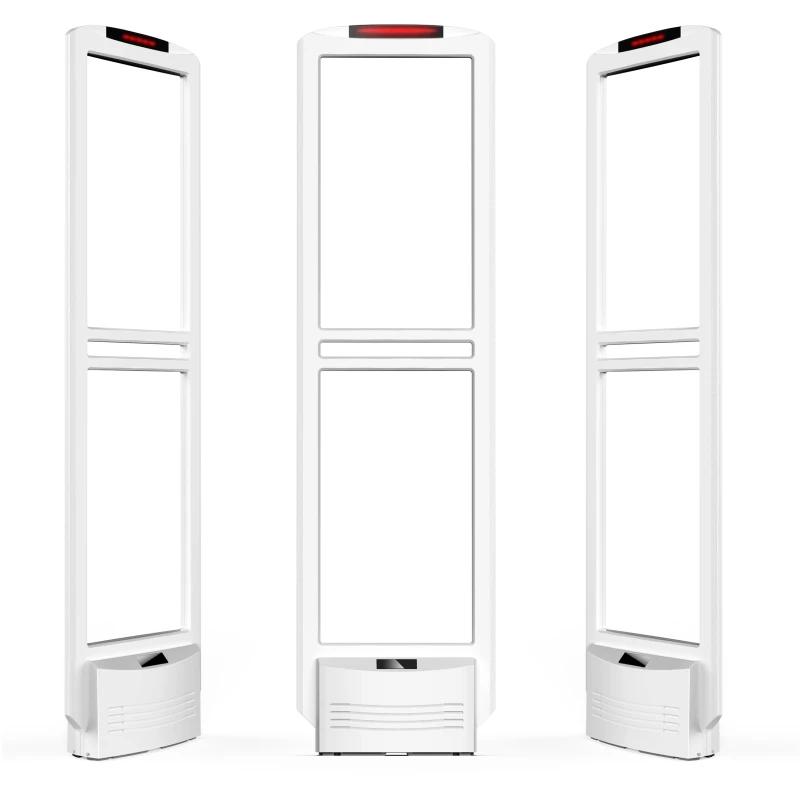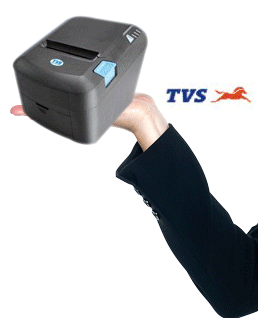RF EAS antennas are most often made of aluminum, based on subtractive aluminum technology on both sides of a plastic support, for example a support made of polypropylene (PP) or of polyethylene terephthalate (PET). These antennas are typically shaped as a coil or as a closed loop. Once the RF EAS antenna has been formed on both sides of the substrate, a bridge must be devised in order to ensure the electrical continuity between the depositions on both sides, typically either by mechanical crimping or by a plated hole (“via”). The RF antenna of the EAS may not be used to resonate with an integrated circuit operating in UHF frequency ranges.

On the other hand, the inventor has observed that the RF EAS antenna manufacturing method routinely used by one skilled in the art makes it possible to manufacture, based on the same techniques as those used for the EAS antenna, a second antenna operating in UHF mode in the proximity of the former. This UHF antenna is typically a dipole antenna. It may be for example either a plain dipole antenna or a dipole antenna with an impedance adjustment loop.
In order to hinder the proper operation of the two antennas, even if they are operating in very distant frequency ranges, a minimum separation distance must be maintained between the two antennas. In order to simplify the manufacturing method, the UHF antenna may be made concurrently with the RF EAS antenna.
In one specific embodiment, the EAS antenna and/or the UHF antenna are manufactured using a mechanical method for metal subtraction, for example, die cutting

Another problem solved by the invention relates to the assembling of the UHF integrated circuit with the UHF antenna manufactured concurrently with the RF EAS antenna. Indeed, in order to obtain an optimal performance of the RF EAS antenna and to limit its cost, said antenna is generally deposited onto a substrate made of polypropylene or of PET. On this type of support, interconnection by way of flip-chip technology of an integrated circuit to the UHF aluminum antenna is difficult because, first, polypropylene does not withstand the temperatures needed for properly welding the integrated circuit, and, second, the overall system being highly flexible, the integrated circuit comes off easily when affixed in a conventional manner. These problems are probably the reasons why no one has yet considered depositing the RF EAS antenna and the UHF antenna on the same substrate.
Consult with Mindware today for more !



